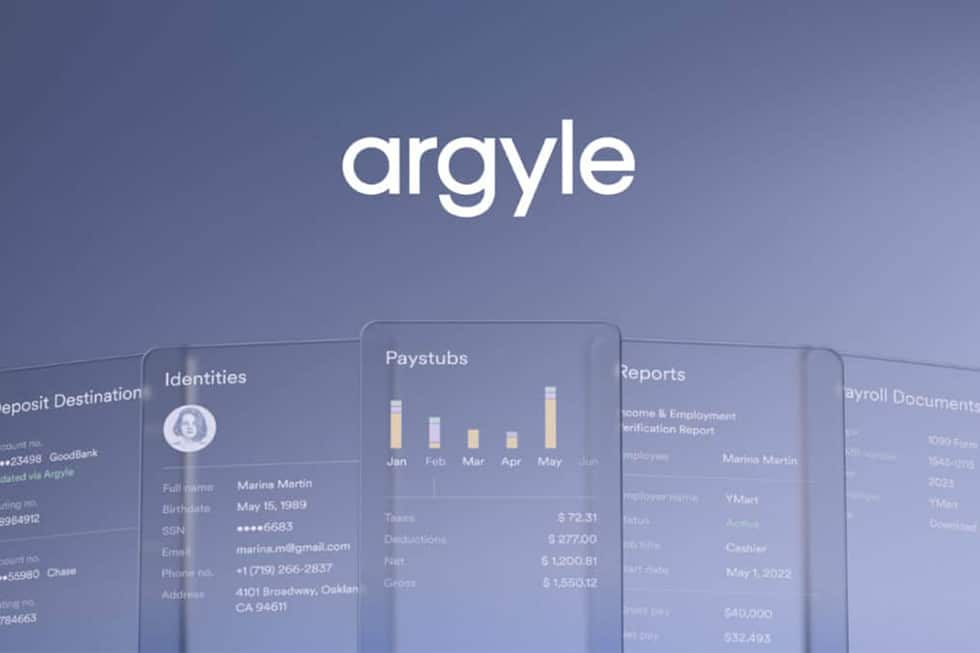SEO [es-yee’-OH] noun: stands for “search engine optimization.” It is the process of getting traffic from the “free,” “organic,” “editorial” or “natural” results on search engines. In the information age, it plays a vital part in any B2B marketing strategy

For marketing professionals, Google’s ever-changing algorithms can be a bit of a nuisance. We are constantly searching for a loophole or magic potion that will bump our pages to the top of search results. Now, more than ever, it is the quality of your website and the content that lives there that will be your golden ticket to improve the SEO of your B2B business. Here are some ways to earn Google’s coveted top spot:
Put Out Thoughtful and Unique Content
B2B SEO is not an exact science. It involves a slightly more sophisticated strategy than a typical B2C or B2B marketing plan. And with Google constantly re-working its algorithms it may seem impossible to keep up with the rules or find that one trick that will put your website above your competitors in search results. The real secret to outsmarting search engines is to stop trying to outsmart them all together.
Re-focus your efforts less on creating the perfect formula to rank higher in results and instead focus on creating truly thoughtful and engaging content. Googlebots, or crawlers, are no longer simply crawling pages for keywords. Instead, the search engine is dedicated to providing its users with high-quality content and giving them a positive search experience by identifying the best possible results.
Do Your (Keyword) Research
As with anything else, it is important to do your homework when determining focus keywords for your target audience. In addition to Google Analytics, companies such as HubSpot offer tools that not only show you how you currently rank for specific search terms, but how many times that term is searched per month and the difficulty your site will have breaking on to that coveted first page of Google results for that specific term.
[Tweet “As a B2B company, consider extending your keyword research to beyond just your target companies’ needs but also the needs of their customers as well. “]
Although selecting both short and long-tail keywords to use is an important step in content creation, you want to be sure to focus your time and efforts in the right place. If you rank high for a keyword but no one is searching for that term, you may want to focus your efforts elsewhere. Additionally, if your company would ideally like to rank for a keyword but will have a difficult time breaking onto those first pages, refocus on a keyword with less saturation. Go back to the drawing board, get creative and find a good balance between the two.

Include ALT Tags For All Images
ALT tags originated as invisible descriptions of images which would be read aloud to visually impaired users on their respective devices. While they do still serve their intended purpose, search engines also use ALT tags to crawl text and determine the context of your images. Even with all of the advancements we’ve seen in modern browsers, search engines still don’t have the ability to determine the content of an image without it being told. By adding ALT tags, each image you upload and include on your web pages will provide a boost in SEO. Similar to meta descriptions and the content itself, be sure to include strategic keywords in your ALT tags. Check out our landing pages for ideas to get started. Here’s one we built to focus on “Cybersecurity.”
Write an Effective Meta Description
While they won’t directly improve your search engine rankings, meta description tags are extremely important in improving click-through rates. These brief paragraphs are your company’s opportunity to tell readers exactly what you are offering so they can quickly determine whether or not your web page contains the information they’re looking for.
In order to get the most value out of your meta descriptions, it is important to put yourself in the consumer’s shoes. When you search for something, what makes you decide to click on certain listings? It’s safe to say that most people search on the first page of results, looking for a link that will lead to a credible source. Reading that brief description to see if it aligns with what they are searching for plays a huge role in determining if the site is credible. As a business, you only have between 150 and 160 characters to convince users to click on your result over the millions of others that are available, so you’re meta description must be concise and effective.
The ideal meta description should include:
• Strategic keywords
• A convincing message
• An obvious connection to your offering
Optimize both On and Off Pages
In addition to optimizing your website behind the scenes, there are things you can do off of your website to optimize your pages. Backlinks from content marketing are great for SEO. What is content marketing? Blog posts, videos, infographics etc. that include helpful information and ultimately lead back to your website. You should also use various social media channels to promote your content and lead more users to your site.
So you’ve followed all the tips we’ve given you above, and are off to a great start getting found by your target audience and even gaining leads. The next step is to nurture those leads into happy customers.
So lead nurturing doesn’t come naturally to you? Don’t sweat it! We’ve compiled seven B2B Email Templates to help get the conversation flowing! Download below and your B2B business won’t be sorry.






